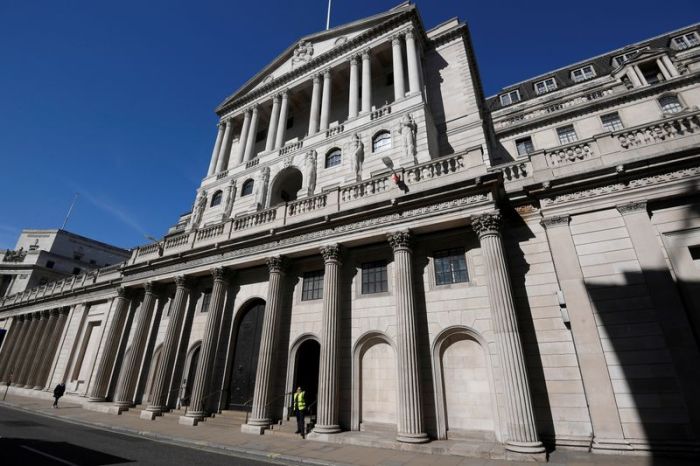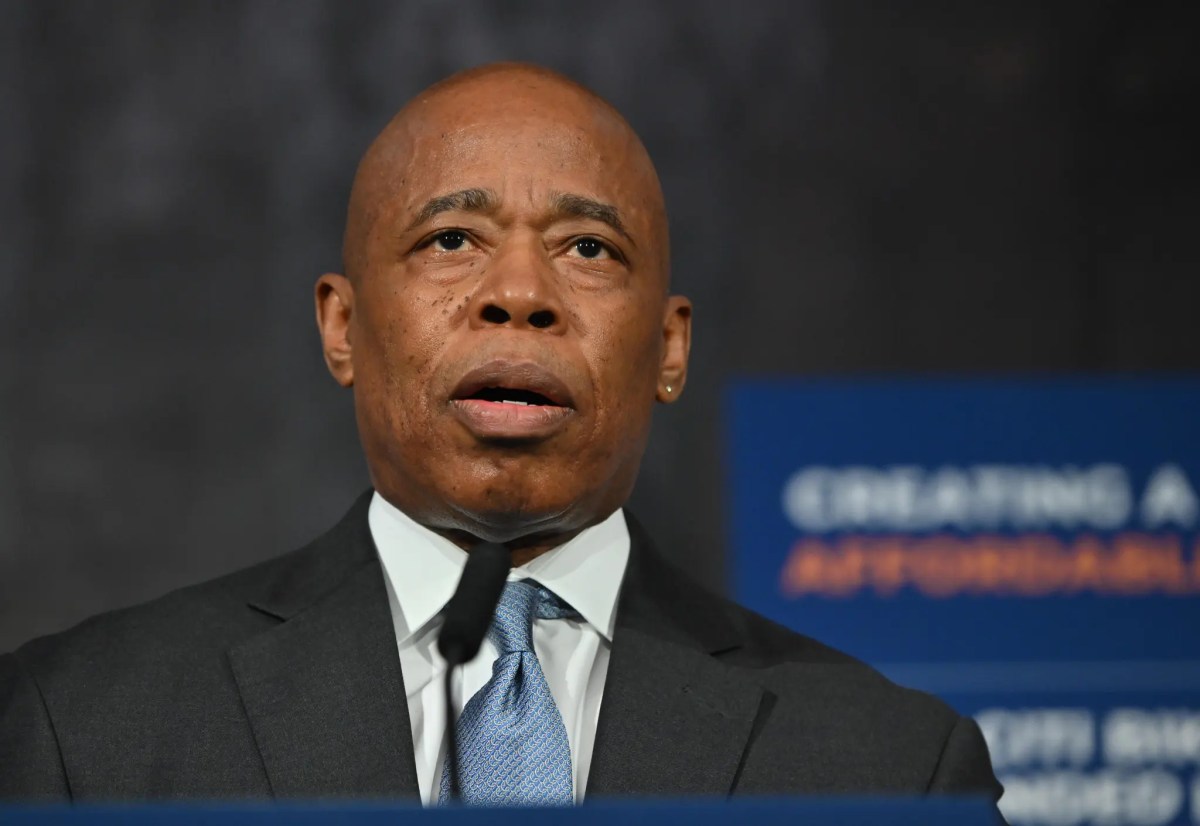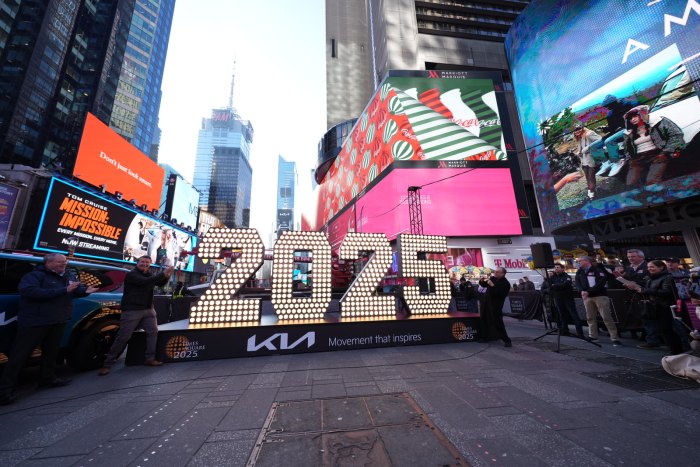WASHINGTON (Reuters) – The U.S. Federal Reserve on Thursday announced a broad, $2.3 trillion effort to bolster local governments and small and mid-sized businesses, the latest in an expanding suite of programs meant to keep the U.S. economy intact as the country battles the coronavirus pandemic.
Announcing details of a promised effort to put its financial weight behind “Main Street,” the Fed said it would work through banks to offer four-year loans to companies of up to 10,000 employees, and begin to directly lend to state governments and more populous counties and cities to help them respond to the crisis.
It may prove to be the Fed’s most groundbreaking step yet in the battle against the economic fallout from a health crisis that has seen a record-shattering 16.8 million people file for unemployment benefits in just three weeks and seen untold numbers of businesses forced to shutter under social distancing rules.
As the pandemic advanced, the Fed set aside inhibitions about inflation, political blowback and other risks that arguably slowed its response to the 2007 to 2009 crisis, and in a matter of weeks has sequentially extended safety nets to different parts of the economy. On Thursday it added help for some key remaining constituencies – small firms, mid-sized industries, local governments, and even corporations which might find their credit standing downgraded because of a fast-evolving economic downturn.
Fed Chair Jerome Powell said the demands of the crisis have led the central bank to broaden its role beyond the usual focus on keeping markets “liquid” and functional, to helping the United States get the economic and financial space it needs to fix a dire health emergency.
Any reopening of the economy should not be rushed said Powell, warning of any “false start,” and the focus of the Fed and elected officials should be on keeping people financially “whole” until the recovery begins.
“People are undertaking sacrifices for the common good,” Powell said in webcast remarks hosted by the Brookings Institution. “We should make them whole. They did not cause this. This is what the great fiscal power of the United States is for, to protect these people from the hardships they are facing.”
Though many of the programs are due to lapse in September, Powell said the Fed’s commitment would only be limited by the need to get the pandemic controlled and try to build a robust recovery – once health authorities have declared it safe to reopen for business, however long that takes.
“We are deploying these lending powers to an unprecedented extent…We will continue to use these powers forcefully, proactively, and aggressively until we are confident that we are solidly on the road to recovery,” Powell said.
The Fed’s latest salvo helped lift U.S. stocks while other global equity benchmarks also gained.
HELPING LOCAL GOVERNMENTS
The program offers to pump up to $500 billion into local governments, which are both on the front lines of the health battle yet also may see tax revenues collapse as unemployment rises and businesses are shut under social distancing rules aimed at curbing the spread of the virus.
The Fed in this case is directly buying municipal bonds of up to two year’s duration – a step called for by some Democrats in the U.S. House of Representatives as a needed prop for local governments. The Fed’s assistance will be available to the states, the District of Columbia, counties with more than 2 million residents, and cities of more than 1 million.
The new “Main Street” facility will use banks to funnel up to $600 billion in loans of at least $1 million to firms that have up to 10,000 employees or less than $2.5 billion in revenue, an effort to expand the safety net for businesses begun under the CARES act recently passed by Congress.
“The Fed made history today” by throwing its vault open to small and medium-sized businesses that are at the core of the U.S. economy, said Joe Brusuelas, an economist who focuses on mid-sized companies with consulting firm RSM.
“This a robust first step towards providing a lending facility that will stem what was a likely solvency crisis inside the critical small and medium-size commercial community.” He said he expected demand for loans under the new Fed facility to be high, and that it might be expanded to as much as $1 trillion as further rescue steps are taken in Congress.
That rescue bill authorizes direct loans by the U.S. Treasury to some larger firms, and $350 billion for businesses with under 500 workers. Payments on the new Main Street loans will be deferred for a year; banks will be required to keep at least a 5% stake in each loan.
Firms receiving the loans “must commit to make reasonable efforts to maintain payroll and retain workers,” and cannot use them to refinance existing debt, and must follow the limits on things like dividend payments and compensation set out for larger firms.
The central bank may not be done. The programs announced on Thursday rely on $195 billion in capital provided by the U.S. Treasury. That is only a portion of the $454 billion that Treasury was provided under the CARES act for new Fed programs.
The Fed said in its announcement that it would particularly watch the financial performance of local governments to see if more help is needed.
(Reporting by Howard Schneider; Additional reporting by Ross Kerber; Editing by Chizu Nomiyama, Paul Simao and Andrea Ricci)























